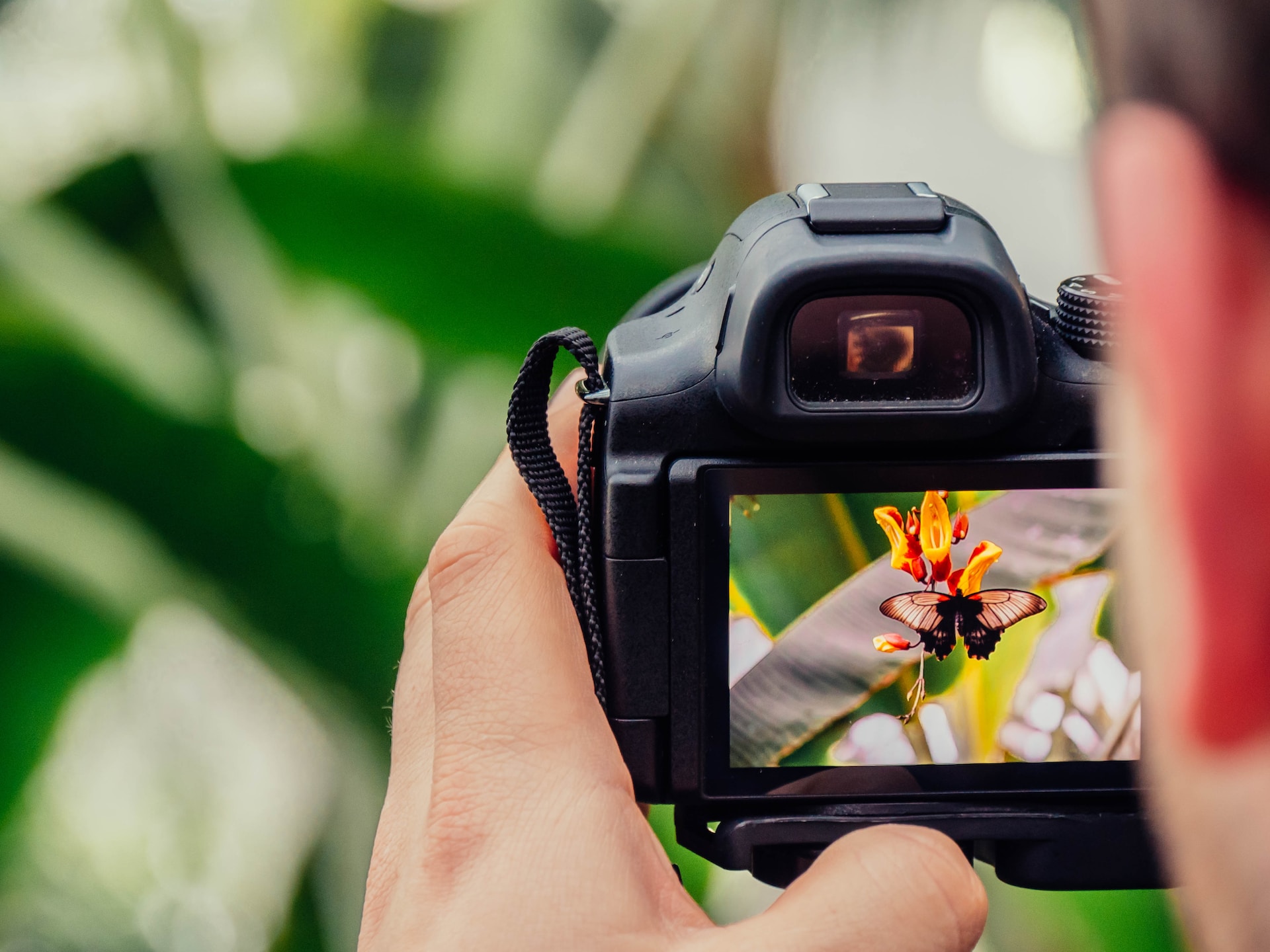What Is Composition in Photography?
Composition is an essential element in photography that speaks about the arrangement of various visual elements within an image. It is the process of selecting and arranging the elements of a photograph in a way that creates an aesthetically pleasing and compelling image.
Effective composition is crucial in photography as it can determine whether a photograph is engaging, interesting, and memorable. It can create depth, guide the viewer’s eye, and convey emotion or mood.
In this post, let’s talk about composition in photography. Make sure to apply the new learnings the next time you take photos.
Rule of Thirds
The rule of thirds is an important principle in composition that involves dividing an image into a grid of nine equal parts. By placing the main subject or point of interest along one of the grid lines or at one of the intersections, the composition becomes more visually appealing and balanced.
Leading Lines
Leading lines are lines within an image that direct the viewer’s eye to the main subject or point of interest. They can be straight, curved, or diagonal, and can be created by natural elements such as roads or rivers, or man-made elements such as fences or buildings.
Symmetry and Patterns
Symmetry and patterns are visual elements that can create a sense of balance and order within an image. They can be created by repeating shapes, lines, or colors, or by placing elements in a symmetrical arrangement.
Depth and Perspective
Creating depth and perspective in an image can make it more visually interesting and engaging. It can be achieved by using foreground elements to create a sense of distance or by incorporating vanishing points that guide the viewer’s eye through the image.
Framing
Framing involves using elements within an image to frame the subject or point of interest. This can be achieved by using natural elements such as trees or doorways or by using man-made elements such as windows or arches. Carefully observe the surroundings, and you’d be surprised at how many things you can use for framing.
Negative Space
Negative space refers to the area within an image that surrounds the main subject or point of interest. By using negative space effectively, photographers can create a sense of balance and focus the viewer’s attention on the main subject. Take note, though, that this does not necessarily mean a blank white space.
Color
Color is an essential element in composition that can convey emotion, mood, and atmosphere. By using complementary colors, contrasting colors, or monochromatic color schemes, photographers can create visually striking images that are memorable and engaging.
You should also learn color psychology. Color psychology lets you understand how colors can affect human behavior, emotions, and perceptions. Colors can evoke certain emotions and feelings and even impact our decision-making processes.
For example, red is often related to passion, excitement, and energy, while blue is associated with calmness, trust, and reliability. Green is often associated with nature, growth, and harmony, while yellow can evoke feelings of happiness, optimism, and creativity.
How to Practice the Right Composition in Photography
Learning the right composition in photography requires practice, experimentation, and studying the work of other photographers. By understanding the principles of composition, you can develop your own unique style and create compelling images. Additionally, taking photography courses, attending workshops, and seeking feedback from other photographers can help you refine your skills and improve your composition.

